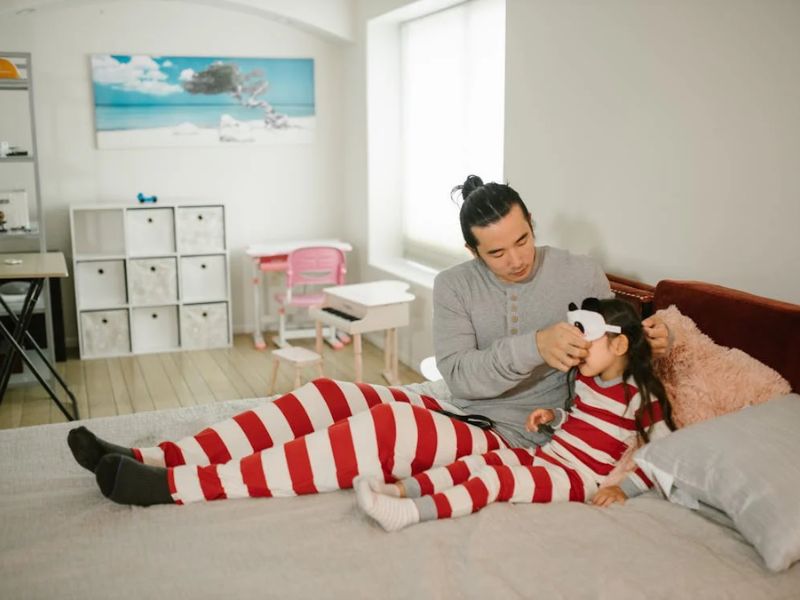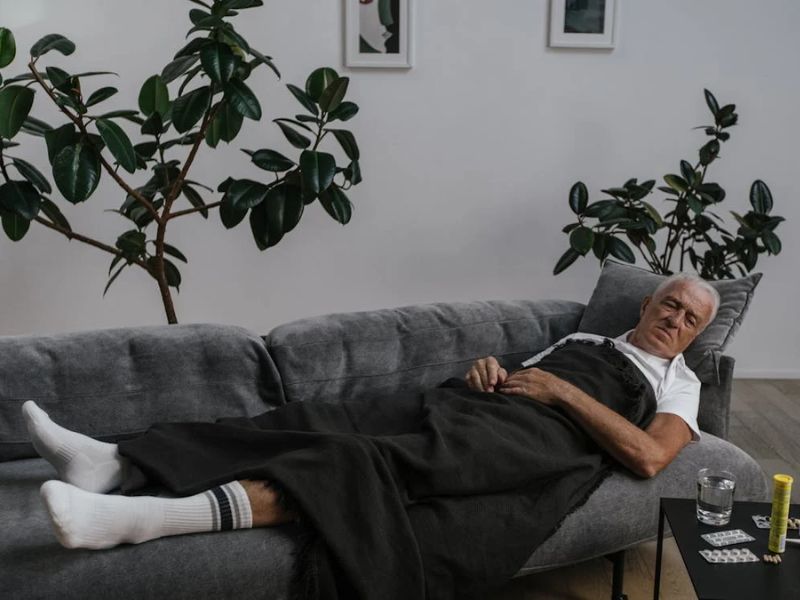People who share beds may have their own preferences, such as sleeping barefoot, wearing socks, or tucking in their sheets at the foot of the bed.
We’ve seen that when it comes to socks, people often dig in their heels because they truly believe they can’t sleep with or without them. When wearing socks at night, you may go all-in or all-out.

Image Credit: Pexels/RDNE Stock project
The Case For Wearing Socks To Bed
The advantages of wearing socks to bed are numerous. Due to a process known as distal vasodilation, socks can help people sleep better and longer.
It has the potential to induce and maintain sleep causally impacted by variations in skin temperature.
It has been demonstrated that wearing socks when lying in bed improves blood flow to the feet. The body’s internal temperature may be lowered. As a result, alerting the brain that it is time for bed.
Other advantages of sleeping in socks include the following:
- The potential reduction of cracked heels (moisturize your feet and put on cotton socks for about a week, and you’ll notice less-dry skin).
- Avoiding hot flashes (linked to better control of core body temperature).
- The potential for more orgasms.

Image Credit: Pexels/SHVETS production
The Case In Favor Of Sleeping Barefoot
The benefits of going to bed without socks are less established. Most studies indicate that sleeping without socks may feel better if you are not having problems with your body temperature. If anything, wearing garments may cause you to become overheated.
Also, not wearing socks to bed can help prevent “poor hygiene, skin diseases, and unpleasant odors” associated with dirty or fungus-infested socks.
While others won’t, some individuals will sleep better without socks on.
Do Some Socks Work Better Than Others?
It appears that not all socks are made equal.
You should put on fresh socks made of natural materials like cotton, merino wool, bamboo, or cashmere. These materials will assist general skin hygiene, adequate warming, and breathability.